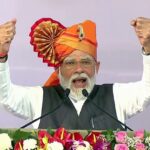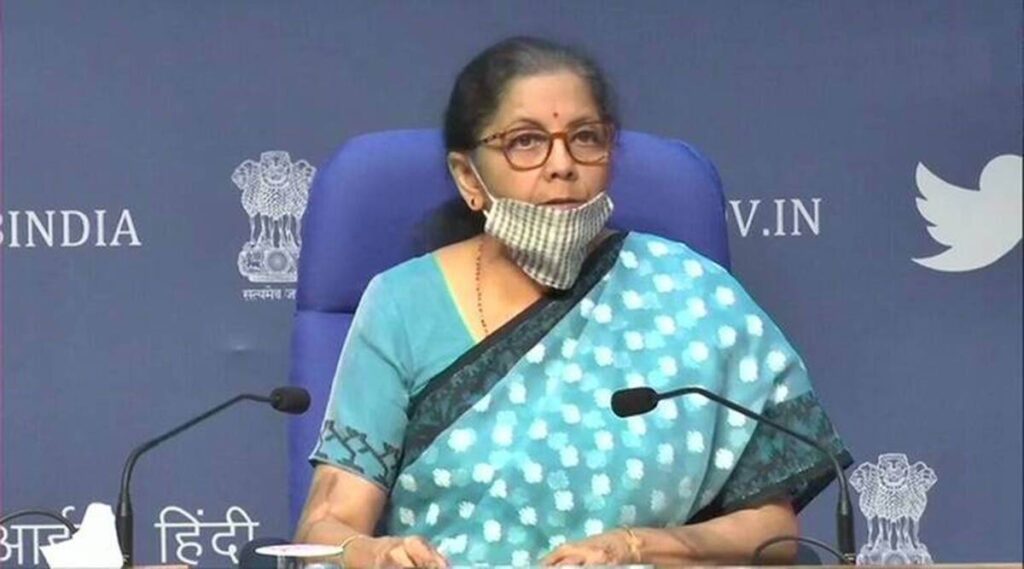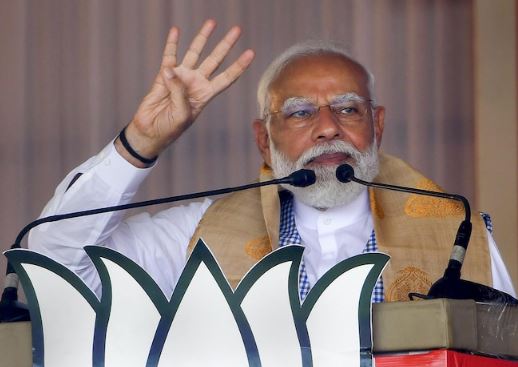On Monday, Union Finance Minister Nirmala Sitharaman unveiled a set of relief measures designed to alleviate the economic stress stemming from the second wave of the pandemic. They consist largely of credit guarantees to boost liquidity flows towards the more vulnerable parts of the economy – micro, small and medium enterprises, small household borrowers, tourism and health sectors. The actual fiscal outgo on account of these relief measures is likely to be minimal. In fact, similar to the approach followed during the first wave, this time around, too, direct demand side support from the central government has been limited. Among the significant announcements, the government has increased the limit of the Emergency Credit Line Guarantee Scheme (ECLGS) announced last year by Rs 1.5 lakh crore in hopes of further easing credit flow to MSMEs. Of the existing limit of Rs 3 lakh crore, so far about Rs 2.7 lakh crore has been sanctioned, while Rs 2.1 lakh crore has been disbursed.
Enhancing this scheme could help provide MSMEs access to the funds they require to survive and meet their obligations, and the working capital needed to commence operations. On similar lines, another credit guarantee scheme is directed towards micro-finance institutions for lending Rs 1.25 lakh to roughly 25 lakh small borrowers to address the balance-sheet stress among lower-income households and provide funds for entrepreneurial activities. Another such scheme has been announced for the ravaged tourism sector, encompassing various stakeholders.
Considering that much of the activities in this sector are part of the informal economy and that tourism demand is unlikely to perk up sharply in the near term, however, it is debatable to what extent this scheme can aid those engaged in this segment. For the health sector, the government has announced two schemes. One, a Rs 50,000 crore loan guarantee scheme aimed at scaling up the medical infrastructure in parts of the country where it is currently terribly inadequate or missing (in cities beyond the eight metropolitan centers). And two, an allocation of Rs 23,220 crore to ramp up short-term emergency preparedness, with special emphasis on pediatric care.
These are welcome first steps to address the gaps in the public health infrastructure exposed by the pandemic. The other announcements revolve around administrative and regulatory measures, including extending the employment support programme, the production linked incentive scheme for electronic manufacturing, and streamlining approvals for PPP projects and asset monetisation.Using mainly the credit guarantee route to provide support to the economy is unlikely to impact the government’s budget numbers dramatically.
According to some estimates, the actual fiscal outgo on account of the announcements made on Monday is likely to be around 0.6 per cent of GDP. While these measures may well provide relief to some who are financially stressed, they are unlikely to materially change the near term outlook for the economy. That will depend largely on the pace of the vaccination drive..











More Stories
Modi will come with hope in 2024: PM
IPL: For Bumrah every ball wicket-taking delivery
J&K to get statehood, assembly elections not far: PM